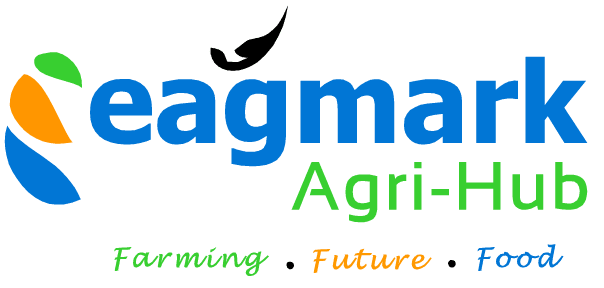New Report Reveals Ag Struggles to Keep Up with Demand

In an increasingly uncertain world, where the demand for food is skyrocketing and the pressures on our environment are mounting, the question looms large: how will we sustainably feed a global population that could reach 9.6 billion by 2050? The 2024 Global Agricultural Productivity (GAP) Report sheds light on this challenge, calling for a shift in how we grow food and manage our land. At the heart of the issue lies the need to boost total factor productivity (TFP)—the efficiency with which we turn agricultural inputs into food. But the reality is stark: TFP growth, which averaged just 0.7% annually from 2013 to 2022, falls well short of the 2% needed to meet future demand.
Why TFP Matters
What’s at stake? Without TFP growth, we face a future where we either run out of resources or destroy the very environment we depend on. Total factor productivity isn’t about just growing more food—it’s about doing so smarter, using fewer resources like land, water, and fertilizers. It’s about protecting the environment while ensuring farmers can make a living, and consumers can afford healthy, nutritious food.
The “Valley of Death” in Agriculture
We live in a world brimming with innovation. New technologies are constantly being developed to improve farming—from advanced machinery to precision agriculture. Yet, many of these innovations remain stuck on the shelf, unable to reach the farmers who need them most. This gap between innovation and adoption—what experts call the “valley of death”—is one of the biggest obstacles to productivity growth. Why does this happen? Smallholder farmers, who produce much of the world’s food, often lack access to the tools, knowledge, and financing necessary to make these technologies work for them.
Bundling Solutions: A New Approach
The GAP Report proposes a new way forward: combining proven agricultural practices with emerging technologies in “bundles” that are tailored to local needs. By integrating new tools with effective distribution systems and supportive policies, we can help farmers overcome the barriers that prevent them from embracing change. It’s about creating practical solutions that fit the realities of their lives—solutions that make farming more productive and sustainable without overwhelming them with complexity.
A Success Story from South Asia
South Asia offers a hopeful example of what’s possible. Over the past decade, the region has been a standout performer in terms of agricultural productivity. Thanks to smart investments in research, mechanization, and digital innovations, South Asia’s TFP growth has outpaced much of the world, averaging 1.44% annually from 2013 to 2022. This success wasn’t a fluke—it was the result of deliberate, sustained efforts to modernize agriculture and bring farmers the tools they need to thrive. If South Asia can lead the way, why not other regions?
The Path Forward: What Needs to Change
To get the world’s agricultural productivity back on track, we need to focus on five key areas:
- Investing in Innovation: The gap between what farmers need and what’s available in terms of technology and know-how is still far too wide, especially in low- and middle-income countries. We must close this gap by investing in agricultural research and development (R&D) and making sure innovations reach the people who need them most.
- Opening Up Markets: Access to markets is critical for farmers to sell their products at fair prices and purchase the inputs they need to increase productivity. Strengthening market infrastructure—both physical and digital—can create more opportunities for farmers to thrive.
- Fostering Trade: International trade can help farmers by creating larger markets for their products and facilitating the exchange of knowledge and technology. However, trade barriers—especially in developing regions—must be addressed to unlock the full potential of global agricultural productivity.
- Cutting Food Waste: We waste far too much of what we produce. Reducing food loss and waste, particularly in the supply chain, can increase the amount of usable food and reduce the strain on natural resources.
- Building Partnerships: No one can solve these challenges alone. Governments, businesses, researchers, and local communities must come together to create sustainable solutions. Public-private partnerships can help scale the innovations that will drive the next wave of agricultural productivity growth.
Conclusion: A Call to Action
The world’s farmers face enormous challenges, but they also hold the key to a more sustainable, food-secure future. By adopting new technologies, improving access to markets, and working together across sectors, we can power the productivity gains needed to feed the world’s growing population. The 2024 GAP Report reminds us that while the road ahead is difficult, it is not impossible. With the right investments and policies, we can build a future where both people and the planet thrive.
This is not just a call for action from governments and industries; it’s a call for each of us to recognize the importance of sustainable agriculture. By supporting these efforts, we contribute to a future where farmers have the tools they need to nourish the world, sustainably.



